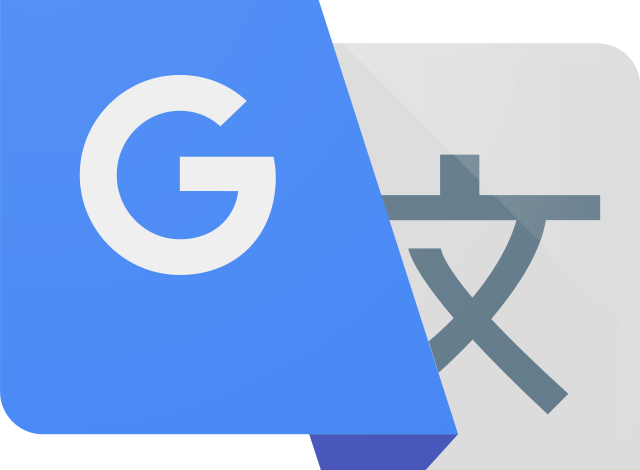Breaking Down the Magic of Google Traduction: A Comprehensive Guide

We’ve all been there – struggling to understand a foreign language while traveling or trying to communicate with someone from another country. Luckily, technology has given us the gift of Google Traduction, a powerful tool that can translate almost any text into your native language in seconds. But how much do we really know about this magical tool? In this comprehensive guide, we’ll break down everything you need to know about Google Traduction and reveal some common translation mistakes you should avoid. Get ready to unlock the full potential of one of the most useful tools on the internet!
What is Google Translation?
Google Translation is a free online translation service provided by Google that can translate text, speech, images and web pages into over 100 languages. It uses machine learning algorithms to analyze the context of the text and provide accurate translations.
One of the key features of Google Translation is its ability to detect the language being translated from automatically. This means you don’t have to manually select the source language every time you use it.
The tool also allows users to enter longer texts or entire documents for translation. With this feature, businesses and individuals can easily communicate with people who speak different languages without having to hire professional translators.
Google Translation has come a long way since its inception in 2006. Today, it’s one of the most popular translation tools on the internet used by millions around the world every day.
While there are limitations to what Google Translate can do (such as idiomatic expressions), it remains an incredibly useful tool that has made communication across borders easier than ever before.
How to Use Google Translate
Google Translate is a handy tool that can translate text, speech, and even images from one language to another. But how do you use it effectively? Here are some tips on how to use Google Translate:
Firstly, visit the Google Translate website or download the mobile app and select your desired languages for translation. You can either type in the text you want to translate or speak into your microphone if you’re using the mobile app.
Secondly, be aware of any mistranslations that may occur due to regional dialects or idiomatic expressions. Google Translate does its best with standard language translations but may not pick up nuances in local slang.
Thirdly, there’s also an option for back-translating where users can see what their translated text would look like when put back into their original language. This feature helps ensure accuracy and understanding between parties.
It’s important to note that while Google Translate is a useful tool, it shouldn’t replace human translators for professional documents as errors could still occur.
By keeping these tips in mind when using Google Translate users can get accurate translations quickly and efficiently!
Common Translation Mistakes
Translation is a complex process that involves more than just replacing words from one language to another. That’s why even Google Translate sometimes fails to produce an accurate translation, and common mistakes can happen.
One of the most widespread mistakes in translation is relying solely on machine translations without proofreading or context validation. It’s important to double-check any translated text for accuracy and clarity before publishing it.
Another mistake is using direct word-for-word translations without considering cultural differences. Some phrases may not make sense in other languages if taken literally, so it’s necessary to localize content according to the target audience culture.
Grammar errors are also common when translating content through a machine. The software may miss certain nuances of grammar rules and produce awkward sentences or incorrect tenses, which could affect the readability of your content.
Translating idioms and colloquial expressions literally can lead to confusion as well because their meanings often cannot be inferred from their individual words alone. This means that translators need to have deep knowledge about both languages they’re working with and understand contextual meaning behind these expressions.
While Google Translation has come a long way since its inception, there are still some limitations when it comes down to human-like quality translations that capture tone, nuance & intent accurately especially when dealing with formal documents or sensitive topics. Therefore hiring professional translators who have experience in specific industries might be worth considering if you want high-quality results for your business needs
Conclusion
To sum up, Google Traduction is an incredible tool that has made communication between people of different languages much easier. With its user-friendly interface and advanced translation technology, it’s no wonder why so many people use it on a daily basis.
However, it’s important to remember that Google Translate isn’t perfect and can make mistakes from time to time. Therefore, it should be used as a tool for basic translations rather than relying on it for important or complex translations.
Google Traduction is a valuable resource in today’s globalized world where communication is key. It has revolutionized the way we communicate with one another and will continue to do so in the future.



